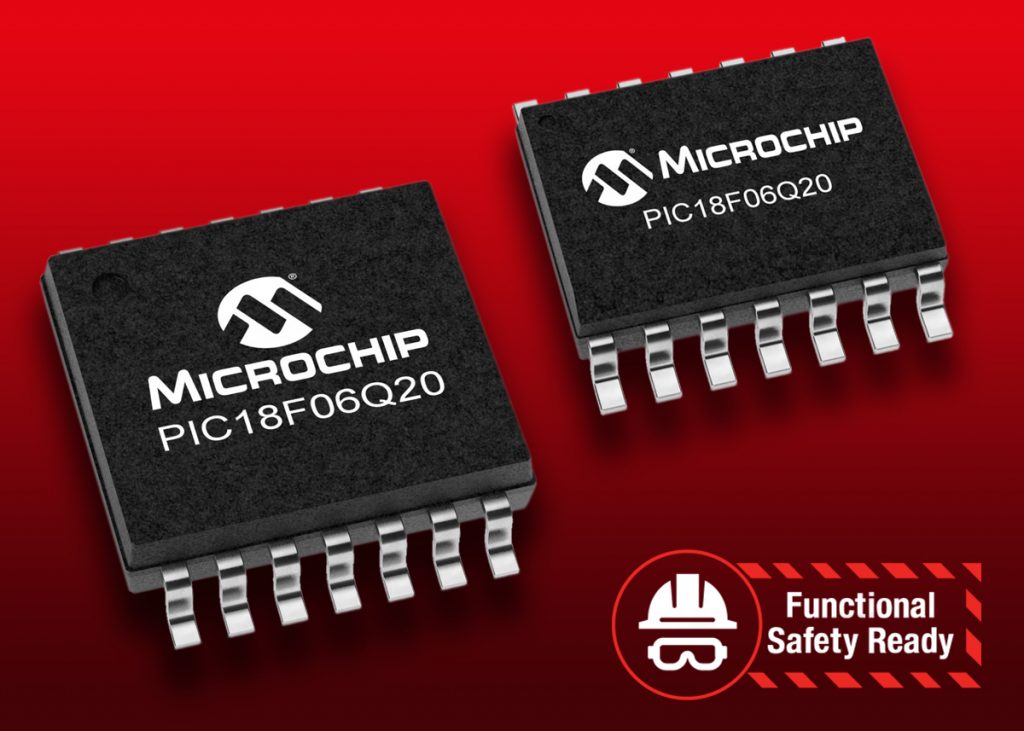Launch of industry’s first low pin-count MCUs to include I3C support
The PIC18-Q20 8-bit microcontrollers from Microchip occupy little board space, and easily interface with devices operating in multiple voltage domains. The built-in I3C® interface supports higher-speed and lower-power data transfers than I2C.

Microchip has released the PIC18-Q20 family of 8-bit microcontrollers, the industry’s first low pin-count MCUs with one or two I3C peripherals and Multi-Voltage I/O (MVIO) capability. Available in 14- and 20-pin packages as small as 3 mm x 3 mm, the PIC18-Q20 MCUs are a compact solution for real-time control, touch sensing and connectivity applications.
The MCUs offer configurable peripherals and advanced communication interfaces. The MVIO feature means that they can make easy connections across multiple voltage domains without the need for external components.
The launch of the PIC18-Q20 family comes in response to growth in the number of cloud-connected edge nodes, in which the Improved Inter Integrated Circuit® (I3C) interface technology provides a sustainable way for sensors to transmit data at a fast rate.
With I3C functionality, flexible peripherals and the ability to operate on three independent voltage domains, PIC18-Q20 MCUs are suitable for use alongside a primary MCU, performing tasks such as processing sensor data, handling low-latency interrupts, and system status reporting. While the CPU runs in a different voltage domain, the I3C peripheral operates between 1.0 V and 3.6 V.
Compared to I2C, an I3C interface offers higher data-transfer rates and lower power consumption, while maintaining backwards compatibility with legacy systems. The I3C and MVIO functionality, combined with Microchip’s configurable Core Independent Peripherals, allow for lower system costs, design simplification and a reduction in board space by replacing external level shifters with on-chip multiple voltage domains.
The PIC18-Q20 MCU family is supported by Microchip’s full ecosystem of hardware and software development tools, including its MPLAB® X and MPLAB Xpress integrated development environments and MPLAB Code Configurator.
